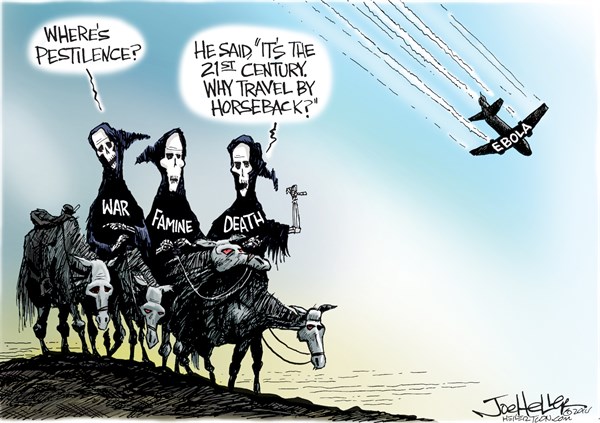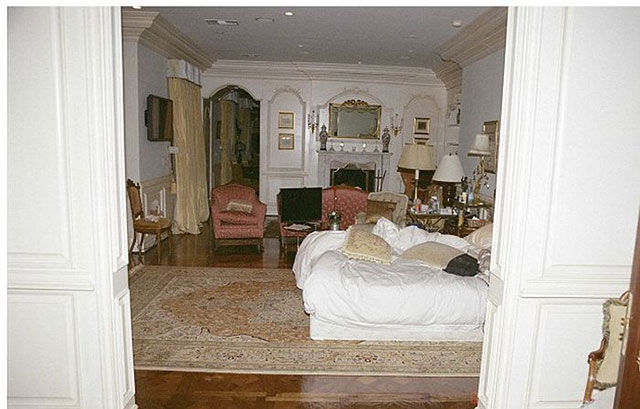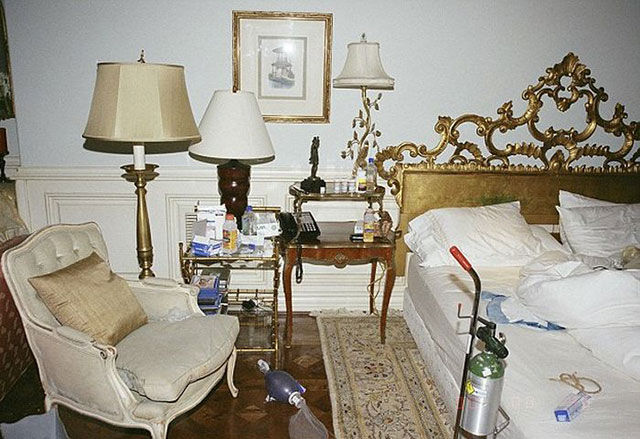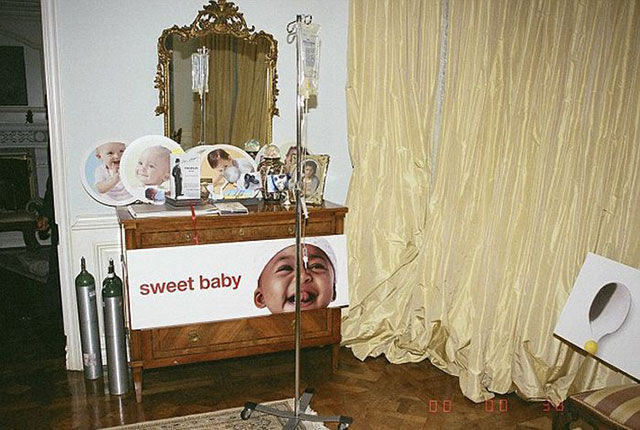The Bizarre Death Of Ronald Opus
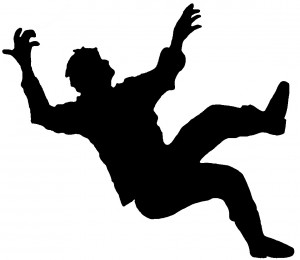
On March 23, 1994, the medical examiner viewed the body of Ronald Opus and concluded that he died from a shotgun wound to the head. Mr. Opus had jumped from the top of a ten-story building intending to commit suicide. He left a note to the effect indicating his despondency. As he fell past the ninth floor, his life was interrupted by a shotgun blast passing through a window, which killed him instantly.
Neither the shooter nor the deceased was aware that a safety net had been installed just below the eighth-floor level to protect some building workers and that Ronald Opus would not have been able to complete his suicide the way he had planned.
“Ordinarily,” Dr. Mills continued, “someone who sets out to commit suicide and ultimately succeeds, even though the mechanism might not be what he intended, is still defined as committing suicide.” That Mr. Opus was shot on the way to certain death, but probably would not have been successful because of the safety net, caused the medical examiner to feel that he had a homicide on his hands.
The room on the ninth floor where the shotgun blast emanated was occupied by an elderly man and his wife. They were arguing vigorously and he was threatening her with a shotgun. The man was so upset that when he pulled the trigger he completely missed his wife, and the pellets went through the window, striking Mr. Opus.
When one intends to kill subject “A” but kills subject “B” in the attempt, one is guilty of the murder of subject “B.” When confronted with the murder charge, the old man and his wife were both adamant and both said that they thought the shotgun was not loaded. The old man said it was a long-standing habit to threaten his wife with the unloaded shotgun. He had no intention to murder her. Therefore, the killing of Mr. Opus appeared to be an accident; that is, assuming the gun had been accidentally loaded.
The continuing investigation turned up a witness who saw the old couple’s son loading the shotgun about six weeks prior to the fatal accident. It transpired that the old lady had cut off her son’s financial support. The son, knowing the propensity of his father to use the shotgun threateningly, loaded the gun with the expectation that his father would shoot his mother.
Since the loader of the gun was aware of this, he was guilty of the murder even though he didn’t actually pull the trigger. The case now becomes one of murder on the part of the son for the death of Ronald Opus.
Now comes the exquisite twist.
Further investigation revealed that the son was, in fact, Ronald Opus. He had become increasingly despondent over the failure of his attempt to engineer his mother’s murder. This led him to jump off the ten-story building on March 23rd, only to be killed by a shotgun blast passing through the ninth-story window. The son had actually murdered himself, so the medical examiner closed the case as a suicide.
This hypothetical story was presented at a meeting of the American Academy of Forensic Sciences in 1987 by Don Harper Mills.
Michael Jackson’s Bedroom
Michael Jackson died of acute propofol and benzodiazepine intoxication after suffering a cardiac arrest at his home in LA in 2009.
Below are a few photos of Michael Jackson’s bedroom on the day of his death.
Jackson’s bedroom was littered with oxygen tanks, pill bottles and medical supplies. His doctor, Conrad Murray was convicted of involuntary manslaughter for giving him a lethal dose of the anesthetic propofol.
This one shows numerous portraits of unidentified babies along with a small picture of Charlie Chaplin. The baby faces are somewhat disturbing.

